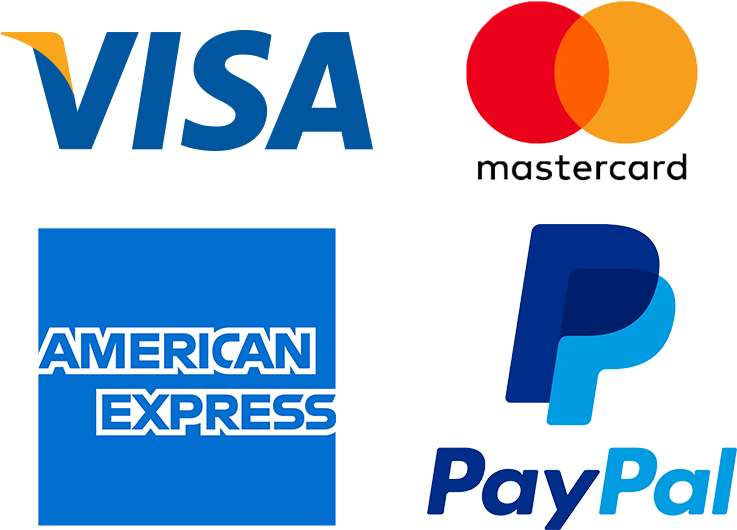Curriculum design plays a crucial role in program development as it serves as a roadmap to achieve the desired outcomes of a course or program. On the other hand, program evaluation ensures that the program is on track and achieving its intended goals. This assignment aims to explore and gain an understanding of the program evaluation process.
To accomplish this, we will first examine the program outcomes outlined in the example lesson plan in Chapter 10 of the textbook. Based on this information, we will construct a hypothetical course framework that includes a detailed course description and learning outcomes. Subsequently, we will provide a rationale for how this course fits within the program and aligns with the program outcomes. It is important to note that the course outcomes we develop should be distinct from those presented in the example lesson plan.
Additionally, we need to articulate a comprehensive plan for evaluating the success of the course within the program. This evaluation will encompass various aspects of the course, including implementation, effectiveness, direction, and potential areas for improvement. Through this evaluation, we will gain valuable insights that can inform future iterations of the course and program.
While APA style is not required for the body of this assignment, it is essential to maintain a high standard of academic writing. In doing so, we should ensure that any sources used are appropriately cited and documented in accordance with APA formatting guidelines. These guidelines can be found in the APA Style Guide located in the Student Success Center.
To assess the assignment’s adherence to the requirements, a rubric has been provided. It is strongly recommended that you review the rubric prior to beginning the assignment to gain a clear understanding of the expectations for successful completion.
By following these guidelines, we will acquire a deeper understanding of the program evaluation process and its role in ensuring the success of a course within a program. This knowledge will be valuable in our future endeavors as educators, as we strive to continually improve our instructional offerings and align them with the desired program outcomes.
In conclusion, this assignment provides an opportunity to explore the program evaluation process. It requires us to develop a hypothetical course framework with distinct learning outcomes, align the course with the program outcomes, and create a comprehensive plan to evaluate the course’s success within the program. By adhering to high standards of academic writing, we will gain valuable insights into the importance of program evaluation and its impact on curriculum design.

